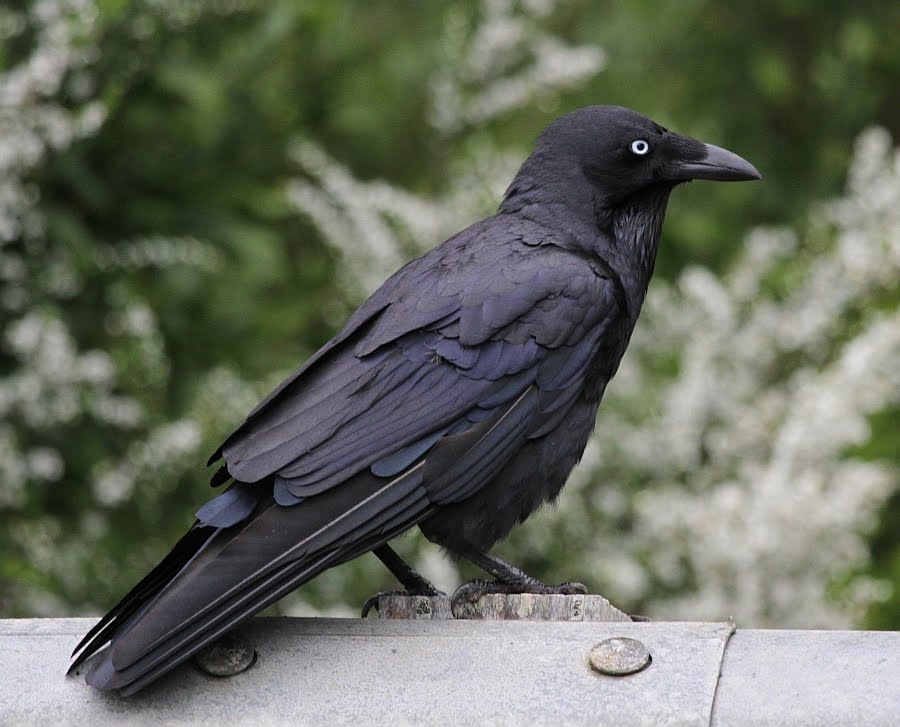

These annual surveys ensure data about the birds’ locations and behavior are documented and used to help researchers conserve the species. Community members and local residents are recording sightings of the birds, which has become the most effective way to monitor populations. They lay only one egg every two years, using the nest for three months.Īs the population ecology of the species is so poorly understood, a number of councils, including Tweed Shire Council, joined forces with the Glossy Black Conservancy, and along with local ‘citizen scientists’ started an annual count of the birds in 2010. It has black feathers edged with a white trim that gives it a scalloped appearance. The Glossy Black-cockatoo is under threat due to the loss of habitat, including the large tree hollows which they require for nest sites, and due to reliance on the she-oak as a food source. The Baudin’s black cockatoo grows to 50-60 cm in length and weighs between 560 720 grams. Currently their feeding patterns are not fully understood.
#Big black cockatoo full
The birds will fly more than 10km to feeding areas, returning to the same food tree time and time again, and often ignoring nearby trees full of cones. They are fussy eaters, feeding only on the seeds in She-oak cones ( Casuarina and Allocasuarina ) and only on selected individual trees. They are found only in eastern and south-eastern Australia, and their populations are declining. Glossy Black-cockatoos are one of Australia’s rarest threatened large black cockatoos and are known to have a life span that can exceed 30 years. Feathers are used as important ceremonial body art decoration and according to bush lore, the Glossy Black-cockatoo’s calls are an indication of rain. The Glossy Black-cockatoo has a strong spiritual cultural connection for Aboriginal people and features in many cultural stories locally. I hope you are all enjoying the small changes in your local environment as the seasons change.Balireh - Glossy Black Cockatoo factsheet (PDF, 51KB) It is also the time of year that Great Bowerbirds reconstruct their bowers and the processionary caterpillars are out and about again! The shorebird migration is almost over for this year and we will await the return as the seasons change once again in a few months. We have also had a Paperbark Flycatcher return to our garden in recent weeks and even had four Galahs fly over this week. The Red-tailed Black-Cockatoo is one of many birds that indicate a change in our seasons in Broome. After such a poor wet season we would not mind a bit of rain over coming weeks. There are occasions when we do have rain during our dry season and this happened in June 2013. Red-tailed Black-Cockatoos not showing any red!Īt this time of year we have plenty of blue sky and clouds become a distant memory. Red-tailed Black-Cockatoo displaying some of the red tail If they become off balance in a tree then the red tail becomes apparent momentarily. The red tail is not visible in Red-tailed Black-Cockatoos when they are roosting, but very visible when they are in flight.

They are all present in the header photo and the photo below.

The small group of seven Red-tailed Black-Cockatoos that we observed most recently were busy feeding on a native tree.

They have very powerful beaks and claws and it is not uncommon to see where they have been by the leaf litter below the large trees. They are still destructive as they feed in the native trees. Red-tailed Black-Cockatoos are a lot bigger than the Gang-gang Cockatoosthat we encountered in Victoria.
#Big black cockatoo free
Of course the birds are free to travel and so they do! It is about to get colder at night too as we head towards the next season called Barrgana.
#Big black cockatoo skin
Your skin is desperately dry and it is as close to flying that anybody is going to get! There has been a little easing on our travel restrictions, but nobody can enter the Kimberley area of Western Australia from anywhere. In Broome we have six seasons and we are currently in Wirralburu, which is feeling pretty good after the humid weather! The downside is the humidity is so low at around 15% some days that you feel like you have been travelling by plane for days. They are a very long living bird and have been known to live over fifty years in captivity. They move away from the area once the rains arrive to dry areas, so they are obviously not too keen on the humidity and rain. Red-tailed Black-Cockatoos are not observed around Broome during our wet season. The biggest flock we have seen in recent weeks has numbered over one hundred individuals, but generally the flocks have been smaller. The wing beat of the Red-tailed Black-Cockatoo always appears very slow for such a large bird. They are usually heard before they are seen and call raucously as they slowly move across the sky. Red-tailed Black-Cockatoos have become a regular sight around Broome in recent weeks.


 0 kommentar(er)
0 kommentar(er)
